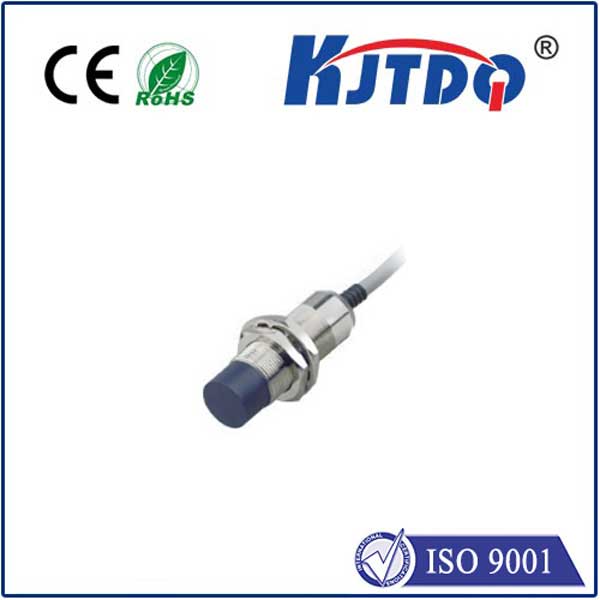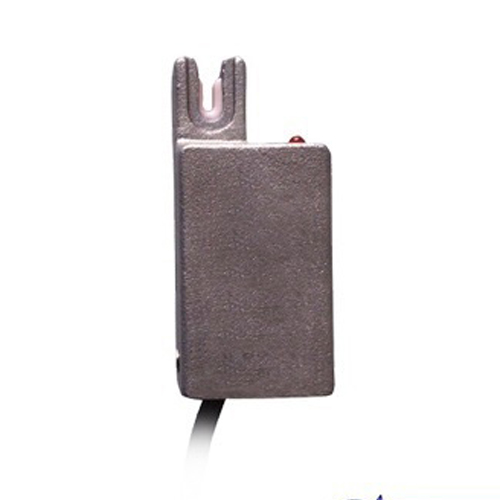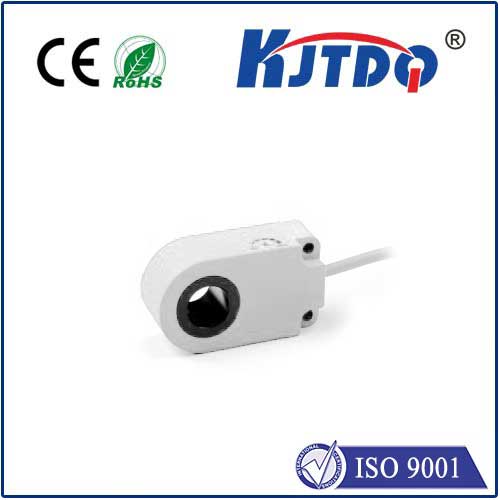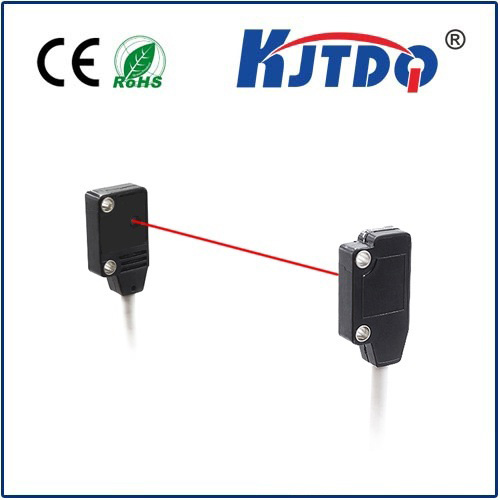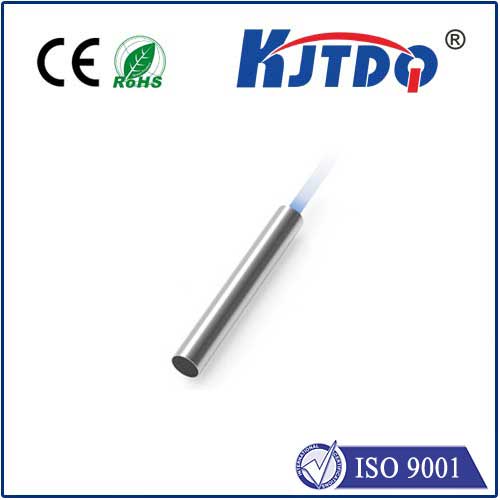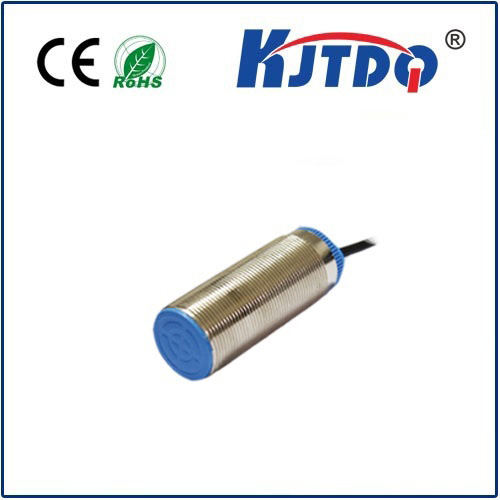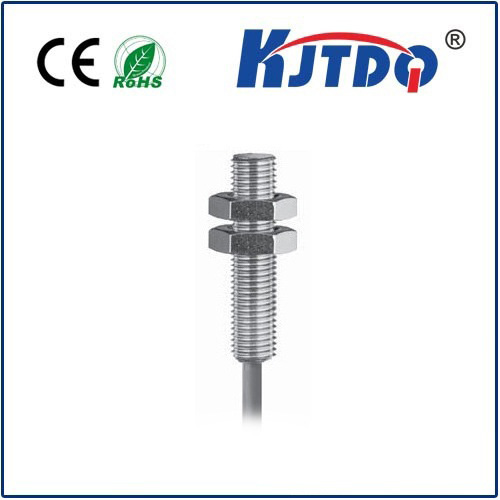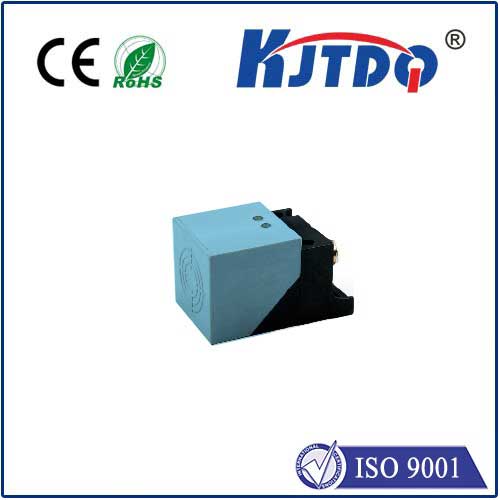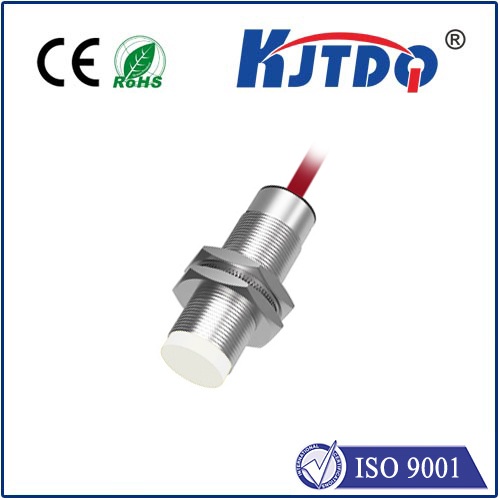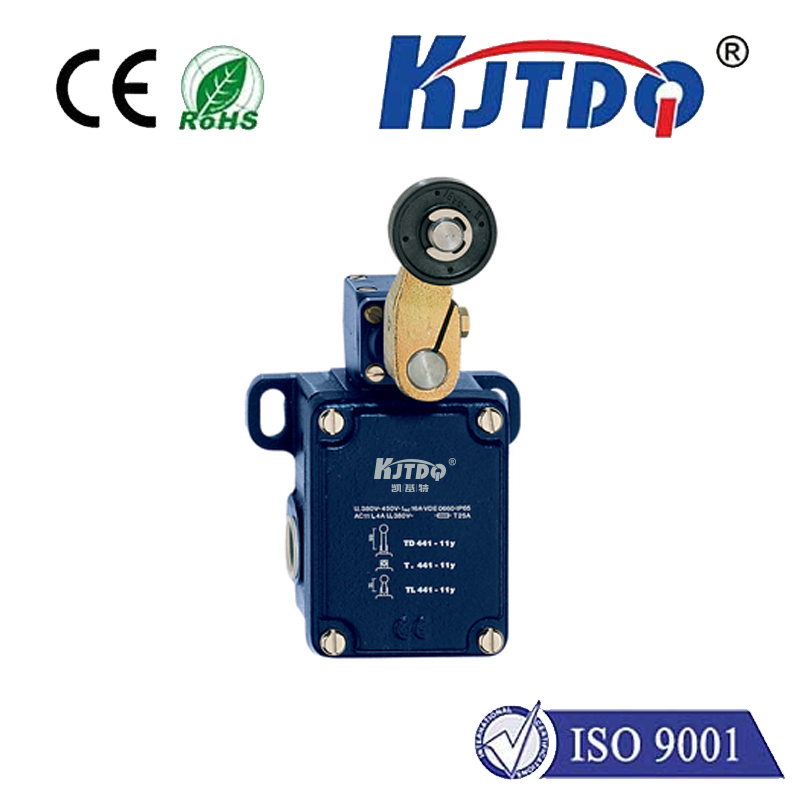capacitive proximity switch
- time:2025-06-15 02:00:30
- Click:0
The Silent Sentinel: Unlocking the Power of Capacitive Proximity Switches
Imagine a production line humming with efficiency, where machines flawlessly detect bottles filled with opaque liquid, delicate mechanisms avoid collisions without physical touch, or tanks signal their fill level through thick plastic walls. This isn’t magic; it’s the unseen vigilance of capacitive proximity switches. These ingenious devices operate silently and reliably, detecting objects through the fundamental principle of capacitance, enabling smarter, more robust automation solutions.
Beyond Mechanical Limits: The Core Principle
Unlike mechanical switches requiring physical force or inductive sensors limited to metals, capacitive proximity switches detect the presence or absence of virtually any material – plastics, glass, wood, liquids, granules, even the human body. They achieve this by sensing changes in an electromagnetic field.
A capacitive sensor essentially creates an electrostatic field emanating from its sensing face. When any object with a dielectric constant different from air (which is nearly everything!) enters this field, it causes a measurable change in capacitance. The sensor’s internal oscillator detects this shift. When the change exceeds a pre-set threshold (the sensitivity setting), the switch reliably triggers its output signal. This non-contact detection is the cornerstone of its versatility.

Why Choose Capacitive Sensing? Key Advantages Explored
The unique operating principle of capacitive proximity sensors translates into significant advantages across numerous applications:
- Material Agnosticism: Their ability to detect non-metallic targets is arguably their biggest strength. Need to sense a plastic bottle, a cardboard box, a water level, or a powder level? Capacitive sensors excel where inductive sensors cannot.
- Non-Contact Operation: With no physical contact required for detection, capacitive switches eliminate wear and tear on both the sensor and the target. This translates directly to greater longevity and reduced maintenance downtime. Objects remain undamaged during sensing.
- Detecting Through Barriers: A powerful feature is their ability to sense targets through non-metallic container walls or covers (e.g., plastic, glass). This enables tank level control, package presence checks within sealed containers, and position sensing without intrusive mounting.
- Resilience in Harsh Environments: Many capacitive proximity switches boast robust housings (IP67, IP69K ratings) and are largely unaffected by dust, dirt, moisture, oils, and vibration – common challenges in industrial settings. Their solid-state design contributes to this inherent reliability.
- Sensitivity Adjustment: Most models feature a potentiometer or teach-in function, allowing fine-tuning of the sensing distance to ignore unwanted background objects (like the container wall itself) or detect very specific targets.
- Liquid & Granular Level Detection: Their proficiency in detecting liquids (water, oils, chemicals) and bulk solids (powder, granules, grain) makes them indispensable for level control tasks in tanks, silos, and hoppers.
Where the Sensor Shines: Real-World Applications
The versatility of capacitive proximity switches sees them deployed in a vast array of industries:
- Packaging & Bottling: Detecting presence/absence of plastic bottles, glass containers, cardboard boxes, caps, labels. Monitoring fill levels in containers.
- Food & Beverage: Level sensing in tanks containing sauces, milk, juices, grains, powders. Detecting product presence on conveyor belts (bread, bags).
- Pharmaceutical & Chemical: Precise level control of liquids and powders within sealed tanks or vessels. Verification of vial or ampoule presence.
- Woodworking & Plastics: Detecting wood blocks, plastic sheets, or molded parts. Confirming the presence of glue or sealant beads.
- Assembly & Automation: Position sensing of non-metallic components. Object counting. Jam detection on conveyors. Safety interlocks (detecting operator presence).
- HVAC & Appliances: Water level detection in washing machines, dishwashers, humidifiers, or condensate pans. Proximity detection for touchless controls.
Selecting and Optimizing Your Capacitive Switch
While powerful, getting the best performance requires careful consideration:
- Target Material: Understand the dielectric constant of your target material. Higher constants generally increase sensitivity. Liquids and solids are usually easier to detect than thin films or foams.
- Sensing Distance: Capacitive proximity switches have shorter nominal sensing ranges (typically millimeters to tens of millimeters) compared to some inductive or ultrasonic sensors. Select a sensor with sufficient range for your application, considering any container walls the field must penetrate.
- Mounting & Environment: Ensure the sensor body, size, and connector type are suitable for your mounting location. Consider temperature extremes, chemical exposure, and potential buildup on the sensor face. Flush-mountable sensors are less susceptible to background interference.
- Sensitivity Adjustment: Crucially, take the time to adjust the sensitivity correctly. Power up the sensor with the target in its normal operating position and adjust the potentiometer until the output reliably triggers only for the intended target, ignoring the container or background. This fine-tuning is vital for reliable operation.
- Output Type: Choose between NPN/PNP transistor outputs or analogue outputs (e.g., 4-20mA, 0-10V) depending on how your control system needs to receive the signal.
The Unseen Engine of Modern Automation
Capacitive proximity switches are the quiet workhorses enabling countless automation processes that rely on detecting non-metallic objects or levels through barriers. Their robustness, versatility, and non-contact nature make them an essential tool for engineers seeking reliable solutions in packaging, food processing, pharmaceuticals, material handling, and beyond. By understanding their principle of operation – detecting changes in capacitance – and carefully considering selection factors like target material and sensitivity adjustment, you can harness this powerful sensing technology to build more efficient, reliable, and sophisticated automated systems. They truly are the silent sentinels of modern industry.






